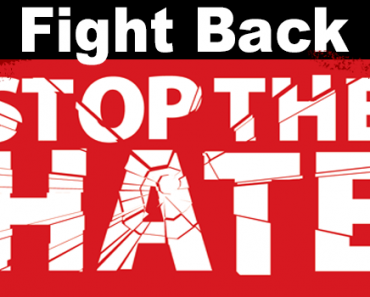
As far back as we have history of transgender people, we have appropriation (a nice word for theft) of our history by gays and lesbians. I wrote a post about Albert Cashier, who was a veteran of the Civil War and lived as Albert most of his life. His identity stayed intact for most of his life. Only until he was admitted to Watertown State Hospital was it widely known that Cashier was born female. When he was forced to wear dresses, he would take pins and fashion pants out of them. This is not someone that identified or lived as a woman. Yet the “Out and Proud in Chicago” documentary page states:
“These include the story of Jenny Hodgers, a cross-dressing Civil War hero who lived the majority of her adult life as a Albert Cashier”
Cashier even hid his identity at the cost of his Civil War pension. When required a physical exam for the pension, Cashier declined. If he went to such great lengths to hide is birth sex, why would anyone use female pronouns and call him a crossdresser in a supposed LGBT documentary?
OutHistory sent me a link to “Earl Lind (Ralph Werther-Jennie June): The Riddle of the Underworld, 1921“. One of the story’s header descriptors says “Transgender Memoir of 1921 Found’. The article itself is a pretty fascinating look at a transgender person from the turn of the century. I was captivated by it until I read:
“In his published Autobiography, also excerpted on OutHistory.org, Lind describes “Paresis Hall”, a New York City resort for “androgynes” in the 1890s, and their alleged formation in 1895 of the Cercle Hermaphroditos “for defense against the world’s bitter persecution” –- an organization which, if not apocryphal, is the earliest-known homosexual emancipation organization in the U.S. No other evidence of the Cercle has been found.”
Androgyne is a gender identity, not a sexual orientation. Calling Cercle Hermaphroditos a “homosexual organization” is an artful form of theft. Transgender people in times past didn’t have a name for themselves, but we do. According to Greek mythology, Hemaphroditos was the child of Aphrodite and Hermes. Hemaphroditos was said to have “merged bodies with a water nymph, becoming a creature of both sexes.” Does that sound gay or transgender?
When Joe Solmonese lectured John Stewart (of the Daily Show fame) on the difference between gender identity and sexual orientation, he proved he knew the difference. I wish gay and lesbian historians would acknowledge the difference as well and not try to do a smash and grab of our history when it’s convenient for them.

I think the photo accompanying this article is offensive; to compare LGB appropriation of trans history to a robbery and mugging is harmful and negative. Now more than ever, minority groups need to work together. Please lets correct misunderstandings in a spirit of generosity and understanding. The process of delineating between trans and LGB identity can be difficult for many trans people themselves….bashing each other over the head is only a victory for those who want to silence both communities. let’s have more generosity and solidarity, please!
“I think the photo accompanying this article is offensive; to compare LGB appropriation of trans history to a robbery and mugging is harmful and negative”
More harmful and negative than destroying trans history to make fake gay-pure history that is, in turn, used to justify trans-exclusion?
Nice try.
In response to Marti Abernathy’s critique I’ve changed the description of the Cercle Hermaphroditos to read:
In his published ”Autobiography”, also excerpted on OutHistory.org, Lind describes “Paresis Hall”, a New York City resort for “androgynes” in the 1890s. Lind’s account of the Hall includes a description of a group which is, if not apocryphal, one of the earliest-known U.S. organizations for gender and sexual emancipation, the Cercle Hermaphrodites, formed by “androgynes” (in Lind’s account, men who identify as feminine or female and who desire sex with men) to “unite for defense against the world’s bitter persecution”.
In Lind’s usage, which as a historian I respect and try to explain to present day readers, “androgyne” refers to both gender and sexual identities.
Jonathan Ned Katz, Co-Director OutHistory.org
Jonathan, thank you for your quick response and edit. I could have done this privately, but I think it’s important not only for the transcommunity, but the larger LGBT community as well to have a discussion on our shared history as well as our own distinct history. If left untouched, these incorrect versions of history end up being used by people who want to advance an altered version of history (Stonewall being the best example).
It’s important in your article’s context because even though androgyne did refer to a sexual identity, it was one of bisexuality, not homosexuality, correct?
Are you sure you’re not appropriating intersex history? Remember, intersex =/= transgender.
That’s a good question, of which I’m not sure of the answer. As far as I know, neither has had their physical examinations made public. But I believe it’s pretty damn clear they didn’t identify the way gay and lesbian historians have.
specifically from the second case:
and